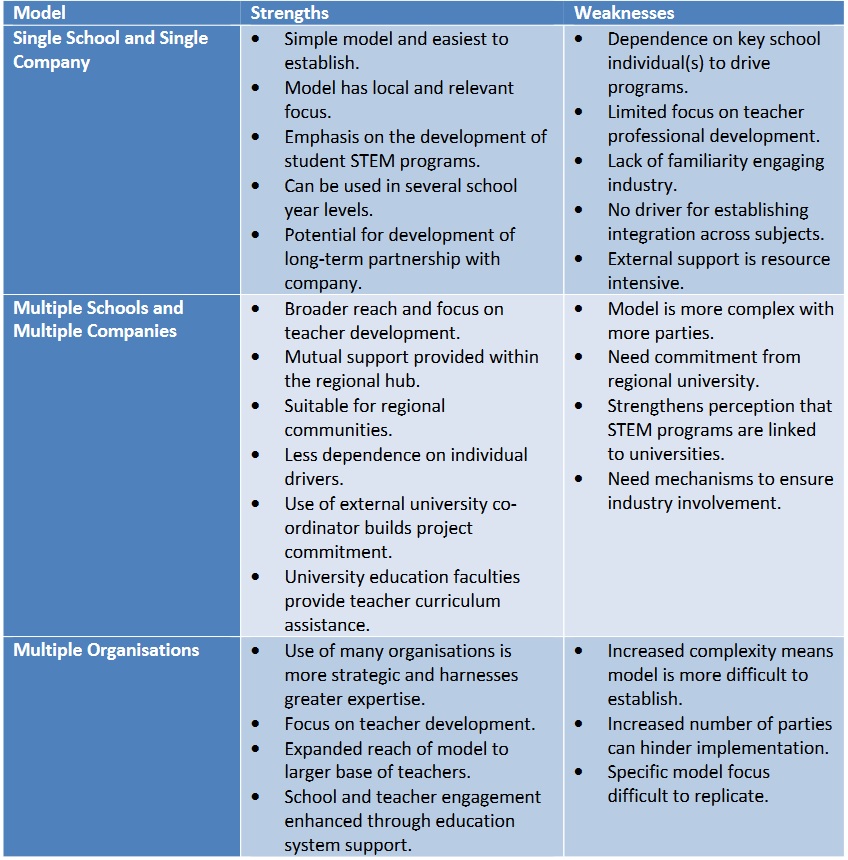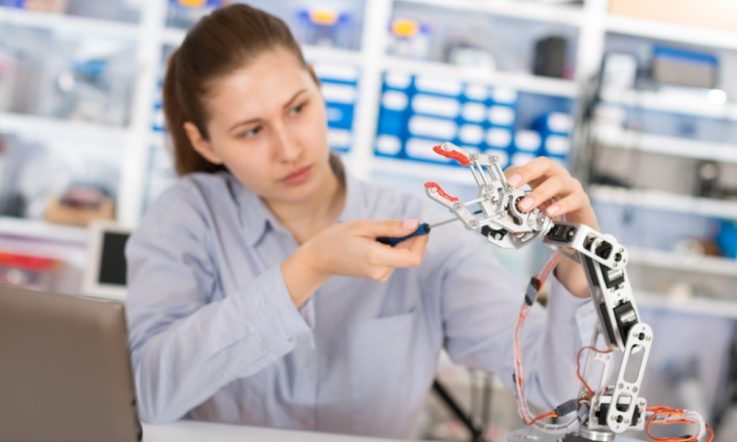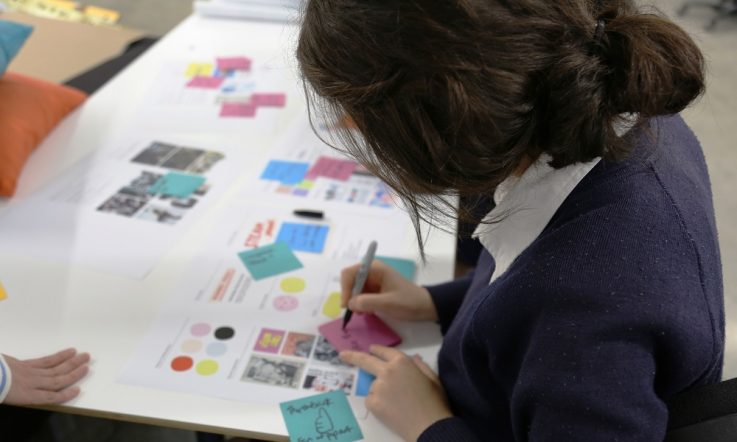Students at Sacred Heart College in Kyneton, Victoria, have drawn on the expertise of a local nursery to improve their tomato breeding program.
As part of a two-year research project funded by the Office of the Chief Scientist to improve student participation in STEM-related disciplines, the Year 9 Agricultural and Horticultural Studies students were partnered with Lambley Nursery.
The research project encourages school and industry collaboration, and several school-industry activities were established with the ability to be scaled to make a difference to the way that STEM (Science, Technology, Engineering and Maths) models are implemented in schools.
The Victorian students partnered with the nursery because of their experience with plant breeding and propagation. The nursery provided students with advice and treated them to a site visit. By the end of the project, the students produced a range of chutneys for sale.
The school program addressed different areas of the mathematics, science and technologies curriculum, including problem solving, data analysis, linear graphs, lab experiments, and use of spreadsheets. Teachers involved noted the opportunity to participate in real-life applications of skills and learning led to increased student engagement.
Strengthening school-industry partnerships
The school's experience is documented in an Australian Industry Group (AIG) report, commissioned by the Office of the Chief Scientist. Strengthening School-Industry STEM Skills Partnerships explores school and industry collaboration, as well as the need to improve teacher and student understanding of the demand for STEM skills in the workplace.
Australia's Chief Scientist, Dr Alan Finkel says the report provides a strong foundation to support future school and industry collaboration. ‘We need to provide our teachers with the best possible support and professional development, so they in turn are well positioned to inspire students. This project does an impressive job identifying models of schools and industry working together that we can learn from and scale up,' Finkel says.
‘Schools are the principal means by which we instil these skills and interests in our children; but it is industry that understands the interplay between the cutting edge of science and our everyday world.'
The research project also included an extensive national mapping exercise, which resulted in the production of the STEM Programme Index 2016.
Case studies from the pilot
The AIG report identifies three models of school-industry engagement:
- Single school – single company;
- Multiple schools and multiple companies and university; and
- Multiple organisations – schools, governments, peak industry bodies.
Seven schools (six secondary and one primary) participated in the individual school-industry pilot projects. The participating companies – local, national and multi-national – came from a wide range of STEM-related fields including agricultural/horticultural science, building, media production, food production and medical science.
The partnerships focused on: design and cabinet building project, media promotion of vaccinations, breeding tomatoes, design of a new confectionary item for children, contamination in laboratory environments, game design and robotics, and construction of a greenhouse to support a school garden.
The AIG report analyses the strengths and weaknesses of each of the school-industry engagement models.

(The Australian Industry Group, 2017).
Key findings and recommendations
As a result of the two-year research project, several key findings emerged. Firstly, the report authors identify the need for professional development of teachers to enable successful school-industry collaboration.
Another key finding concerns the issue of student access to STEM. ‘Some programs are specifically targeted to gifted and talented students, a smaller number are focused on girls' education and some target low socio-economic students and/or Indigenous communities,' the report notes.
‘Some programs operate out of school hours and may rely heavily on parent availability/commitment and involvement. Programs that operate out of school hours, on school holidays, are expensive or located in CBD-based university campuses are unlikely to reach low SES and remote and regional communities.'
A further issue was the link between STEM education and the Vocational Education and Training (VET) sector. ‘There seems to be an exclusion of the VET sector from the consideration of STEM skills. It is critical to recognise that STEM skills are essential for VET as much as for degrees like engineering and science. This is also the case for delivery of technical content within schools including several of the VET in Schools offerings.'
The report also makes several recommendations, including improved teacher professional development, resources for schools, and resources for industry. On the professional development front, it says education systems should provide PD for:
- teachers of mathematics on how to integrate mathematics into a STEM-based curriculum;
- activities for teachers of digital technology on how to integrate digital technologies into a STEM-based curriculum; and,
- teachers on integrating other subjects into a STEM-based curriculum.
References
The Australian Industry Group. (2017). Strengthening School-Industry STEM Skills Partnerships. Melbourne, Australia: Office of the Chief Scientist. Retrieved from https://www.aigroup.com.au/policy-and-research/mediacentre/releases/STEM-Report-15June/
Do your STEM programs target a specific group of students or are they accessible to all students in your school?
The report recommends that professional development is provided to teachers on integrating other subjects into a STEM-based curriculum. In what ways do you integrate other subjects or topics into your STEM lessons? What are some examples of the topics that have worked best? Have you shared these successes with colleagues?



